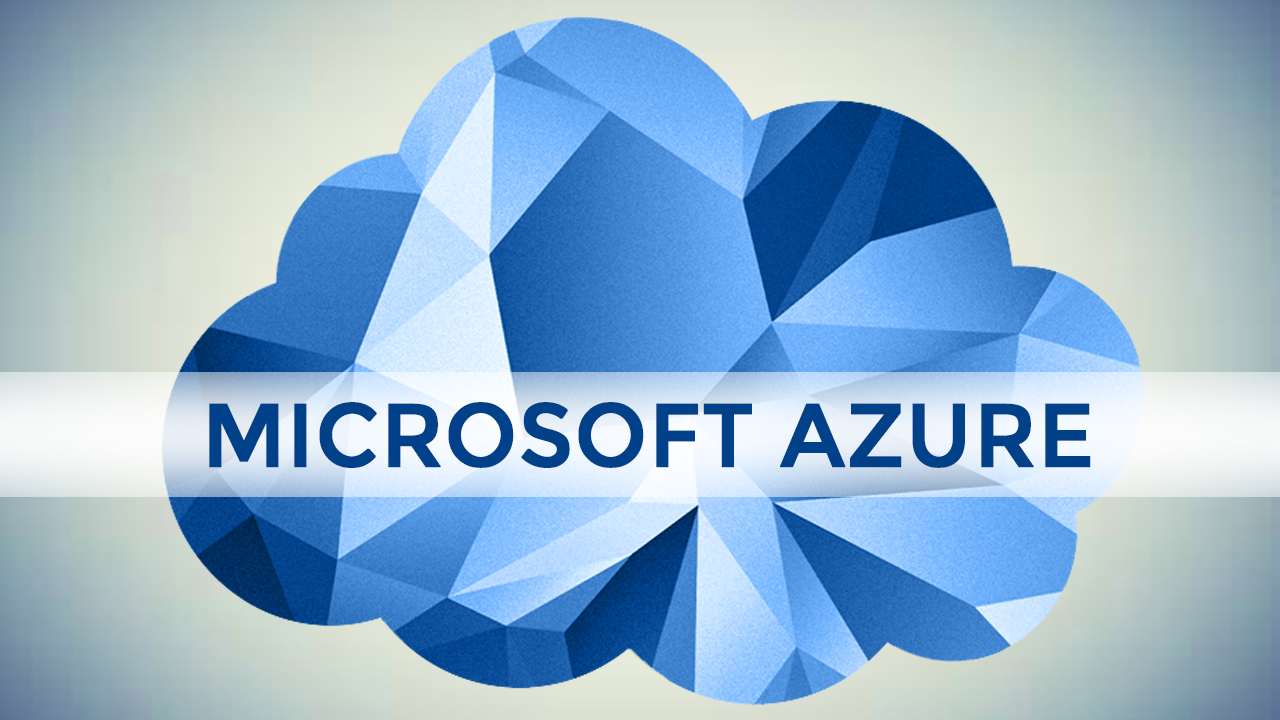Everything You Need to Know About Azure Infrastructure – December 2018 Edition
Live Migration in Azure
When Microsoft launched Hyper-V on Windows Server 2008, it did not have a Live Migration (vMotion) feature. If a cluster node failed, failover would restart the virtual machine on another host, just like VMware. But we could not proactively move a virtual machine from one host to another. So imagine, after years of engineering made Hyper-V Live Migration best-in-class, Azure “didn’t have Live Migration”.
Realistically, there were 3 scenarios when you would want Live Migration to move virtual machines from one host to another with perceivably no downtime:
- Load balancing: A host is overloaded so you want to move virtual machines from one host to another. Azure doesn’t overload hosts – other than the Bs-Series machines, all machines are given dedicated cores/RAM.
- Patching: We have had Cluster-Aware Updating since WS2012 to allow us to patch and reboot hosts after an orchestrated drain of virtual machine via Live Migration. Azure offers In-Place Migration, where there is effectively little/no downtime by pausing virtual machines, rebooting the Nano Server-like host without rebooting the hardware, and un-pausing the virtual machines. We don’t notice this downtime, which is awesome. Only once since the feature went live has there been a full reboot of host hardware in Azure (Spectre/Meltdown fixes on Jan 3/4).
- Hardware Fault: If hardware is faulty, we can live migrate virtual machines to another host. Azure hasn’t had this feature … or has it?
Microsoft finally admitted recently that Live Migration is in Azure for the above last scenario and has been there since early 2018. It has also been used in some of the patching scenarios, for example when doing their “regular fleet operations” such as software/BIOS updates.
The big story was how they’ve reduced failures by 50% by combining Live Migration (LM) with machine learning (ML), giving us what I guess we can call MLLM. Azure gathers numerous hardware and software health signals to detect faults. ML can read this matrix of data and predict failures before they happen. Live Migration can then be used to drain affected hosts of virtual machines and relocate them to healthy hosts without the customer noticing unless they look for the tell-tale signs of a vMotion or Live Migration.
Static Websites on Azure Storage
Did you ever need a simple website for some quick job? But you find yourself having to deploy an Azure App Service or a virtual machine, when all you needed was a simple HTML hosting capacity. Good news – you can now host static websites on Azure Storage. If your website doesn’t require host-side execution, then this solution might be suitable – although Microsoft does discuss a few ways to combine other Azure services to execute code. Note that this is hosting in a storage account, so things like static IP addresses or Insights won’t be available.
The costs will be low – blob storage (GB and transactions) and outbound data transfer.
Other Announcements from Microsoft
Here are other Azure IaaS headlines from the past month:
- Premium Block Blob Storage – a new level of performance
- An easy way to bring back your Azure VM with In-Place restore
- Apply the latest Azure Site Recovery capabilities with automatic agent update
- General availability of VNet Service Endpoints for Azure SQL Data Warehouse
- Disaster recovery of zone pinned Azure Virtual Machines to another region
- Know exactly how much it will cost for enabling DR to your Azure VMs
- Automate Always On availability group deployments with SQL Virtual Machine resource provider
- Azure Backup Server now supports SQL 2017 with new enhancements
- Native Python support on Azure App Service on Linux: new public preview!
- Azure PowerShell ‘Az’ Module version 1.0
- Azure Backup can automatically protect SQL databases in Azure VM through auto-protect
My Azure Posts on Petri
Here are my Azure posts from the month of November:
- Restore an Azure Virtual Machine’s Disks from Backup
- Digging Into Azure VM Disk Performance Features
- Exploring Microsoft’s Azure Backup Server v3
- How to Choose the Correct Azure VM Disk Tier
- What Aidan Wants for Azure Christmas 2018
And Now for Something Different
I have nothing! See you all in 2019!




